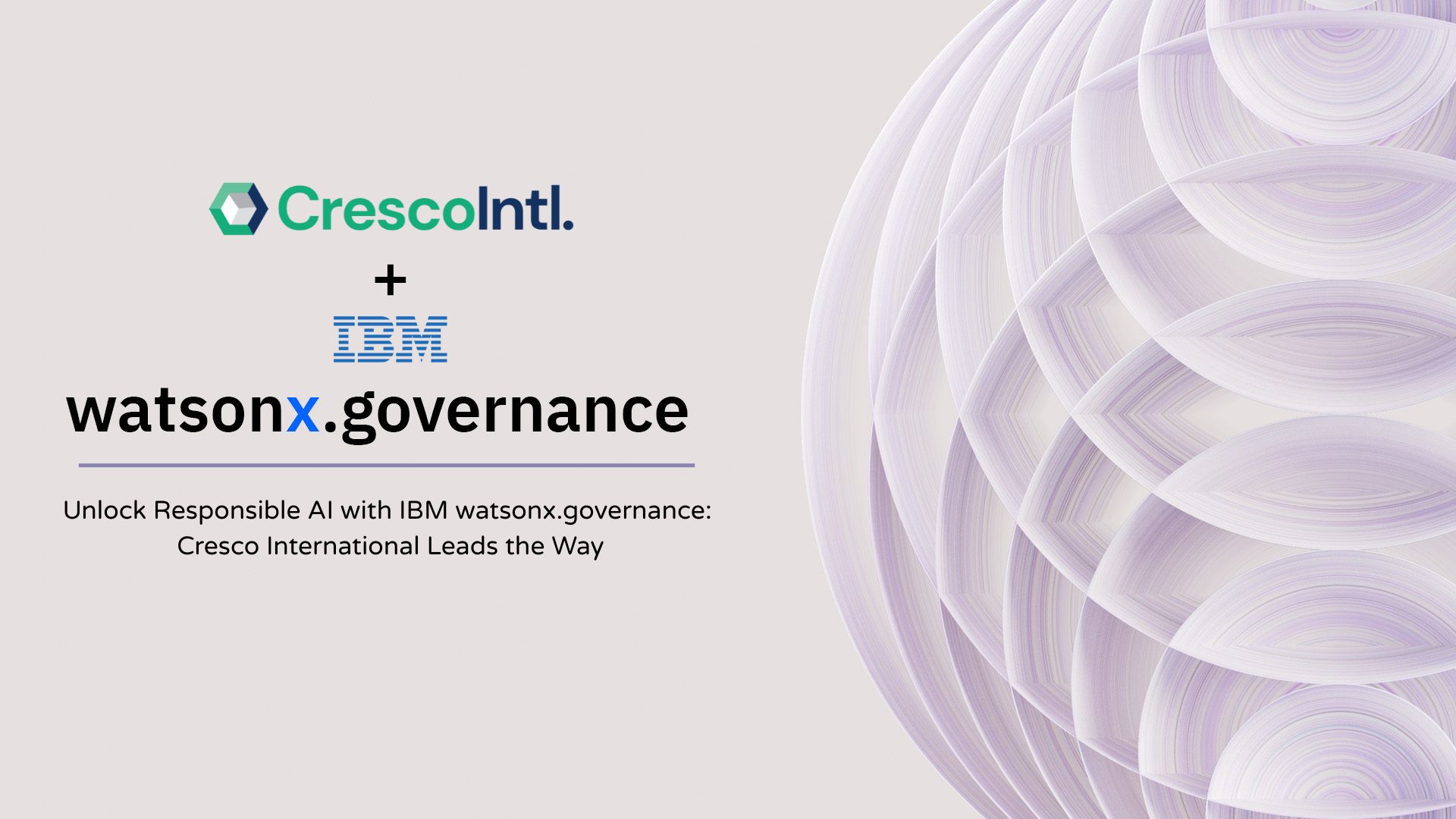The renewable energy sector is at the forefront of the global fight against climate change, offering sustainable alternatives to fossil fuels. However, this rapidly evolving industry faces numerous challenges in its quest to provide clean, efficient, and reliable energy. CPLEX and mathematical optimization are powerful tools that are revolutionizing how we approach these challenges. In this blog, we’ll explore how these advanced techniques are transforming the renewable energy landscape, addressing key issues, and driving innovation in the field.
Renewable Energy Challenges and Optimization Solutions
The renewable energy industry deals with several complex challenges that impact its efficiency, reliability, and scalability. One of the primary issues is the intermittent nature of renewable sources like solar and wind power. Unlike traditional power plants, the output from these sources fluctuates based on weather conditions and time of day. This variability creates significant hurdles in grid management and energy distribution.
Another challenge lies in the optimal placement and sizing of renewable energy installations. Determining the best locations for wind farms or solar arrays involves considering numerous factors such as geography, climate patterns, proximity to transmission infrastructure, and environmental impact. These decisions have long-term consequences and can significantly affect the overall efficiency and profitability of renewable energy projects.
Furthermore, energy storage remains a critical challenge. As renewable energy generation increases, there’s a growing need for efficient ways to store excess energy for use during periods of low production. Optimizing the deployment and operation of energy storage systems is crucial for maintaining grid stability and maximizing the use of renewable resources.
This is where CPLEX and mathematical optimization come into play. These powerful tools provide a framework for modeling these complex challenges and finding optimal solutions. By leveraging advanced algorithms and computational techniques, CPLEX can process vast amounts of data and consider multiple variables simultaneously, leading to more informed and efficient decision-making.
For instance, mathematical optimization can be used to create sophisticated models of energy grids that account for the variability of renewable sources. These models generate optimal energy production plans and schedules, allowing for more effective grid management and reducing the need for backup fossil fuel power plants. This not only improves the reliability of renewable energy but also increases its cost-effectiveness.
In the realm of facility planning, CPLEX can analyze geographical and meteorological data to determine optimal locations for renewable energy installations. By considering factors such as wind patterns, solar irradiance, land costs, and proximity to existing infrastructure, these tools can identify sites that maximize energy production while minimizing costs and environmental impact.
When it comes to energy storage, mathematical optimization can help in designing and operating storage systems that complement renewable energy generation. By analyzing historical data and forecasts, these tools can optimize charging and discharging schedules, ensuring that stored energy is used most efficiently to balance supply and demand.
Technical Aspects of CPLEX and Mathematical Optimization in Renewable Energy
From a technical standpoint, applying CPLEX and mathematical optimization to renewable energy challenges involves several sophisticated processes. At its core, this approach relies on formulating complex real-world problems into mathematical models that can be solved computationally.
One of the key techniques used is mixed-integer programming (MIP), which is particularly useful for problems involving both continuous and discrete variables. In the context of renewable energy, this could involve decisions about the number and type of solar panels or wind turbines (discrete variables) alongside continuous variables like energy output or storage capacity.
CPLEX employs advanced algorithms to solve these MIP problems efficiently. It uses techniques such as branch-and-bound, cutting planes, and heuristics to explore the solution space and find optimal or near-optimal solutions quickly, even for large-scale problems with millions of variables and constraints.
Another important aspect is the use of stochastic optimization techniques to handle the inherent uncertainty in renewable energy systems. These methods allow for the incorporation of probabilistic forecasts for factors like wind speed or solar radiation, leading to more robust and reliable solutions.
Moreover, the integration of machine learning techniques with mathematical optimization is opening new frontiers in renewable energy planning. For example, neural networks can be used to improve the accuracy of weather forecasts, which in turn enhances the performance of optimization models for renewable energy systems.
Business Aspects of Applying CPLEX and Mathematical Programming
From a business perspective, the application of CPLEX and mathematical optimization in the renewable energy sector offers significant advantages. These tools enable companies to make data-driven decisions that can lead to substantial improvements in operational efficiency and profitability.
One of the primary business benefits is cost reduction. By optimizing the design and operation of renewable energy systems, companies can minimize capital expenditures and operational costs. For instance, optimizing the layout of a wind farm can lead to increased energy production without additional turbines, thereby improving the return on investment.
Risk management is another crucial area where these tools prove invaluable. The renewable energy sector is subject to various uncertainties, from weather variability to regulatory changes. Mathematical optimization allows companies to model different scenarios and develop robust strategies that can adapt to changing conditions, thus mitigating potential risks.
Furthermore, these tools can enhance strategic planning capabilities. By providing insights into long-term trends and potential future scenarios, mathematical optimization helps companies make informed decisions about investments, expansions, and technology adoption. This forward-looking approach is particularly valuable in an industry that requires significant upfront investments and long-term planning.
In the competitive energy market, optimization tools can also provide a significant edge. They enable companies to optimize their bidding strategies in energy markets, maximizing revenue while ensuring reliable supply. This is particularly important as renewable energy sources increasingly participate in competitive electricity markets.
Lastly, the use of advanced optimization techniques can enhance a company’s reputation as an innovative and efficient operator. This can lead to improved stakeholder relations, easier access to funding, and potentially, a competitive advantage in securing new projects or contracts.
Need CPLEX Training? Enroll for
Potential ROI and Benefits
The return on investment (ROI) from implementing CPLEX and mathematical optimization in the renewable energy sector can be substantial. While the exact figures can vary depending on the specific application and scale of implementation, several key areas of benefit can be identified.
Improved operational efficiency is often one of the most immediate and quantifiable benefits. For example, optimizing the maintenance schedules of wind turbines using predictive models can reduce downtime and increase overall energy production. Such optimizations can lead to a 2-5% increase in annual energy production, which translates to significant additional revenue over the lifetime of a wind farm.
In terms of capital expenditure, the optimized planning of renewable energy installations can lead to substantial savings. By using mathematical optimization to determine the optimal size and location of facilities, companies can avoid overbuilding while ensuring they meet energy demand. This can result in capital savings of up to 10-15% on large-scale projects.
Energy storage optimization can also yield impressive returns. By implementing advanced control strategies derived from mathematical optimization, the utilization of storage systems can be improved by 20-30%, leading to better grid stability and increased revenue from energy arbitrage.
In the realm of grid management, the implementation of optimization-based control systems can lead to a reduction in balancing costs by 10-20%. This is achieved through more accurate forecasting and efficient dispatching of renewable resources.
Moreover, the long-term strategic benefits, while harder to quantify, can be even more significant. The ability to make data-driven decisions in areas such as technology investment, market expansion, and regulatory compliance can provide a competitive edge that translates into market leadership and sustained profitability.
It’s worth noting that while the initial investment in implementing these advanced optimization tools can be significant, the ROI is often realized within a few years, with benefits continuing to accrue over the long term. As the renewable energy sector continues to grow and face new challenges, the value of these optimization tools is likely to increase further.
Need CPLEX Training? Enroll for
Cresco International: Your Partner in Renewable Energy Optimization
As we’ve explored the transformative potential of CPLEX and mathematical optimization in the renewable energy sector, it’s crucial to consider how businesses can effectively implement these advanced solutions. This is where Cresco International, an IBM trusted partner and expert consulting firm in decision optimization, plays a pivotal role.
Cresco International brings a wealth of experience and expertise in developing customized decision optimization solutions using CPLEX and other advanced tools. Their deep understanding of both the technical aspects of mathematical optimization and the specific challenges of the renewable energy industry positions them uniquely to help businesses navigate this complex landscape.
One of Cresco International’s key strengths is their ability to translate complex business problems into solvable mathematical models. Their team of experienced consultants works closely with clients to understand their specific needs, constraints, and objectives. This collaborative approach ensures that the optimization solutions developed are not just technically sound but also aligned with the client’s business goals and operational realities.
In the context of renewable energy, Cresco International can assist businesses in various ways. For instance, they can develop sophisticated models for optimizing the placement and sizing of renewable energy installations. These models would take into account a multitude of factors such as geographical data, weather patterns, energy demand forecasts, and regulatory constraints. The resulting solutions can significantly improve the efficiency and profitability of new renewable energy projects.
Cresco International can also help in developing advanced grid management systems that leverage the power of CPLEX. These systems can optimize the integration of renewable sources into the grid, manage energy storage, and balance supply and demand in real-time. Such solutions can dramatically improve grid stability and reduce the need for fossil fuel backup, thereby enhancing the overall sustainability of the energy system.
For businesses involved in energy trading, Cresco International can develop optimization models that improve bidding strategies in energy markets. These models can analyze historical data, predict market trends, and optimize bidding decisions to maximize revenue while ensuring reliable energy supply.
Moreover, Cresco International’s expertise extends to the crucial area of maintenance optimization. They can develop predictive maintenance models that optimize the scheduling of maintenance activities for renewable energy assets such as wind turbines or solar panels. These models can significantly reduce downtime, extend equipment lifespan, and improve overall energy production.
Furthermore, Cresco International’s status as an IBM trusted partner means they have access to the latest developments in CPLEX and related technologies. This allows them to incorporate cutting-edge features and improvements into their solutions, ensuring that their clients always have access to the most advanced optimization capabilities available.
In an industry as dynamic and critical as renewable energy, having a partner like Cresco International can make a significant difference. Their expertise in decision optimization, combined with their deep understanding of the renewable energy sector, enables businesses to unlock the full potential of mathematical optimization. By leveraging Cresco International’s services, renewable energy companies can not only address their current challenges more effectively but also position themselves for future success in an increasingly competitive and complex energy landscape.
Conclusion
The integration of CPLEX and mathematical optimization into the renewable energy sector represents a significant leap forward in our ability to harness clean, sustainable energy efficiently and effectively. These advanced tools provide the means to tackle the complex challenges facing the industry, from managing intermittent energy sources to optimizing grid operations and storage solutions.
The technical sophistication of these optimization techniques, combined with their practical business applications, offers a powerful toolkit for renewable energy companies looking to improve their operations, reduce costs, and maximize their impact. The potential ROI, both in terms of immediate efficiency gains and long-term strategic advantages, makes the adoption of these technologies a compelling proposition for businesses in the sector.
As we continue to push towards a more sustainable energy future, the role of advanced optimization techniques will only grow in importance. Companies that embrace these tools, particularly with the expert guidance of partners like Cresco International, will be well-positioned to lead the way in this critical industry. By harnessing the power of mathematical optimization, we can accelerate the transition to renewable energy, creating a more sustainable and resilient energy system for generations to come











